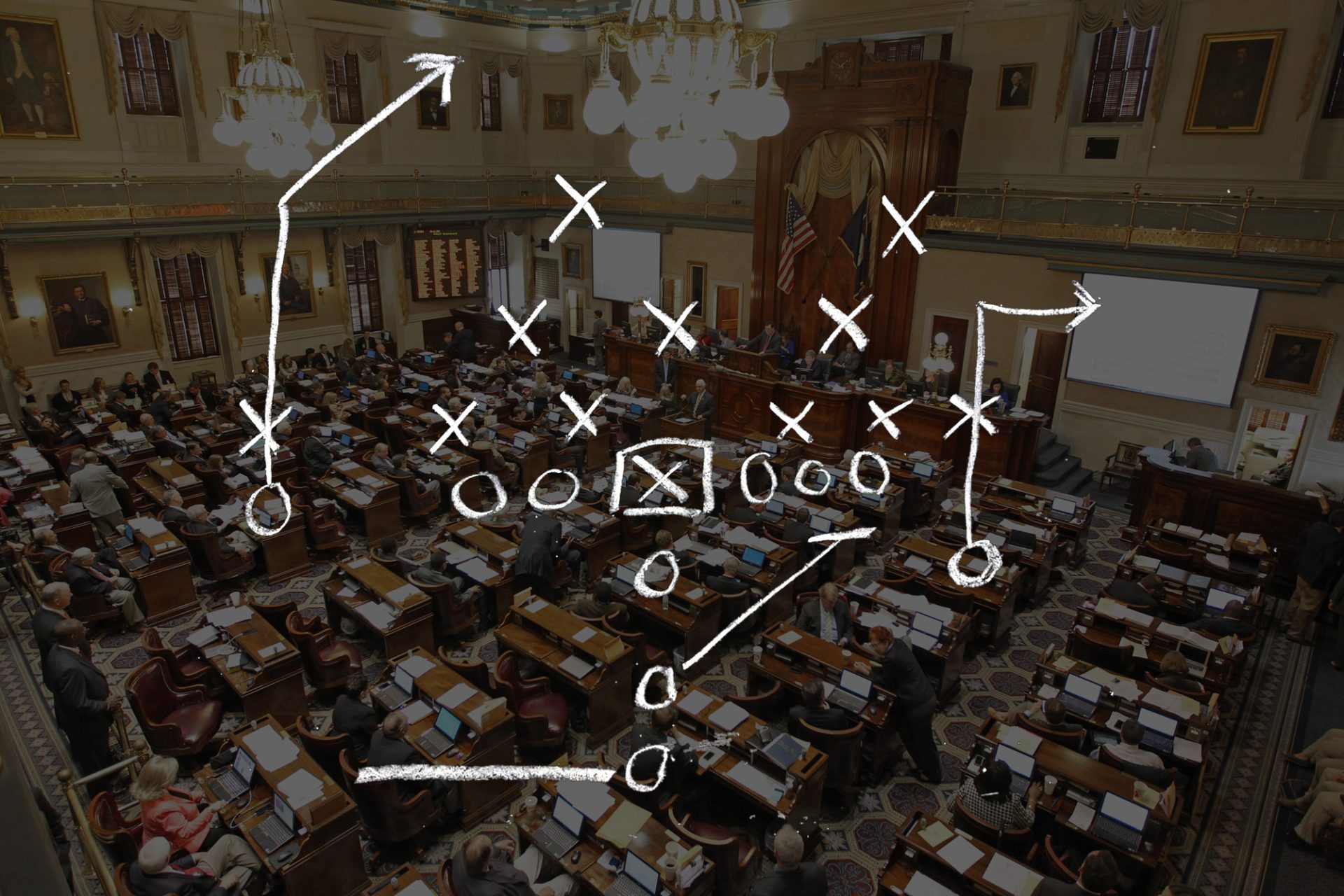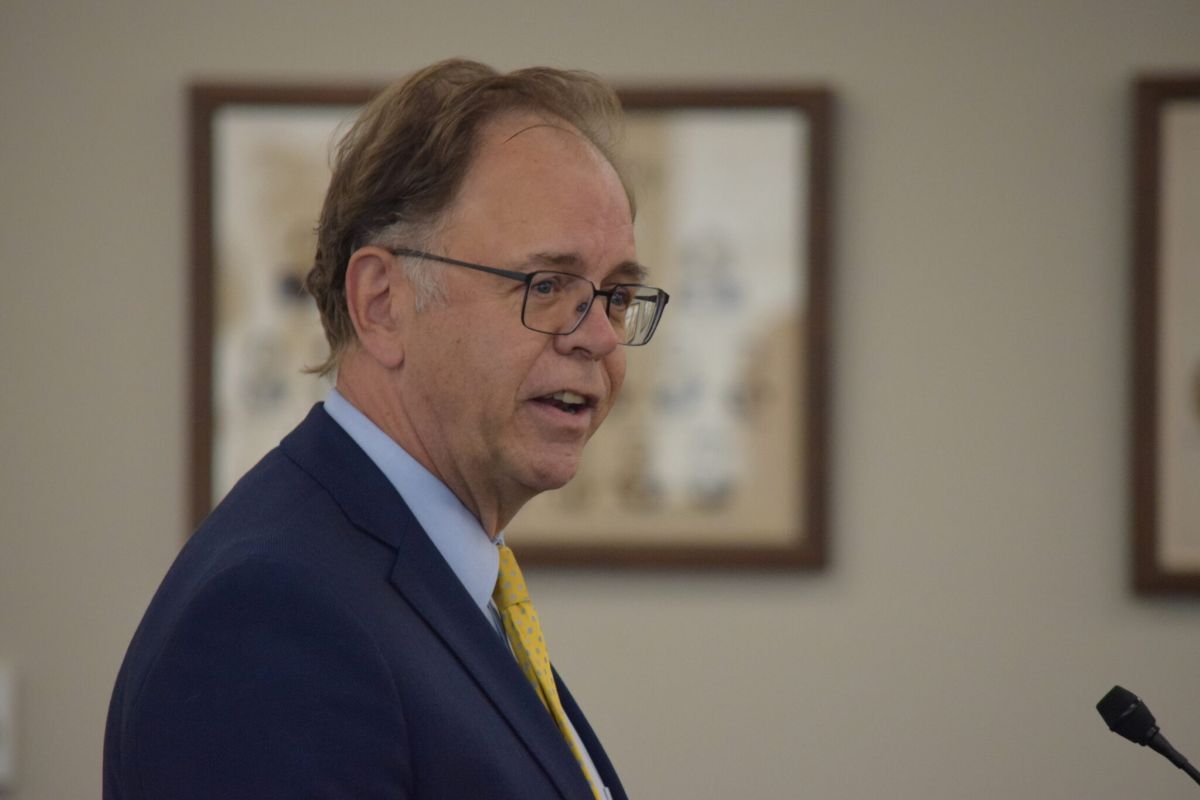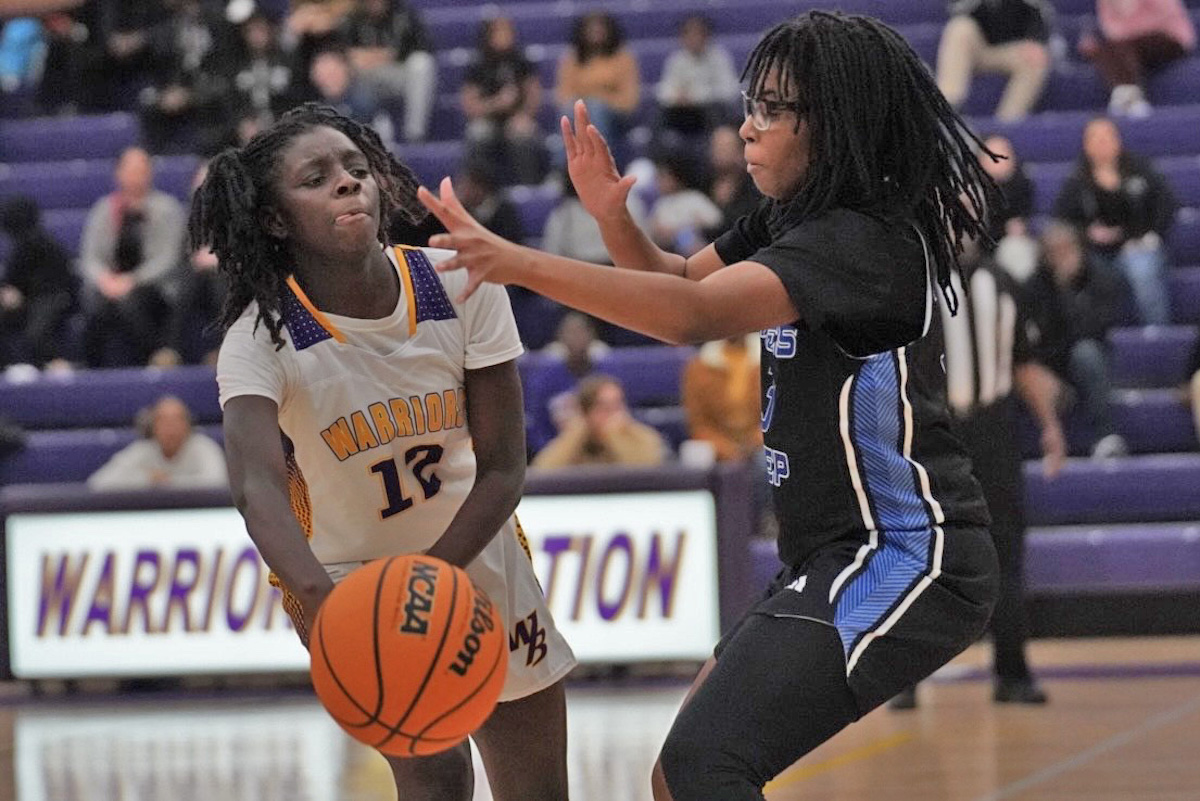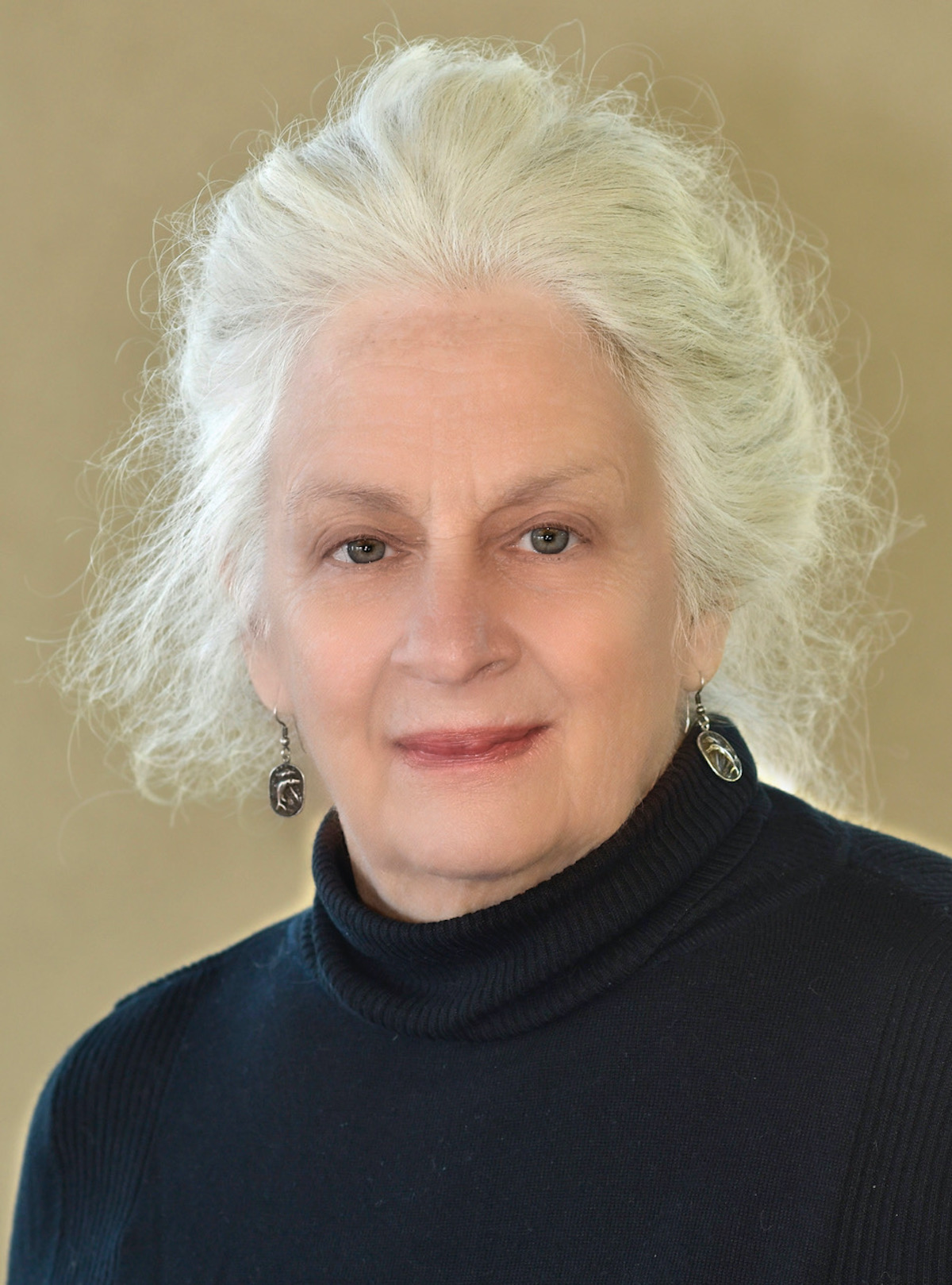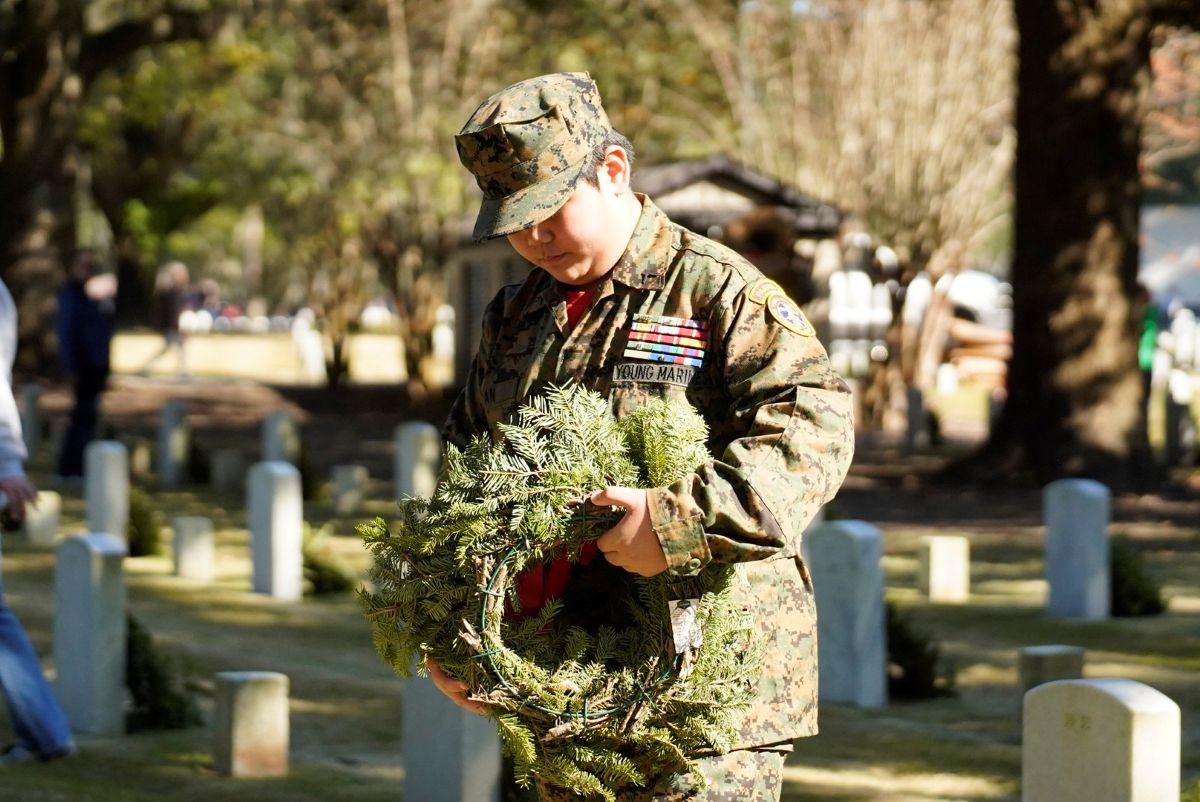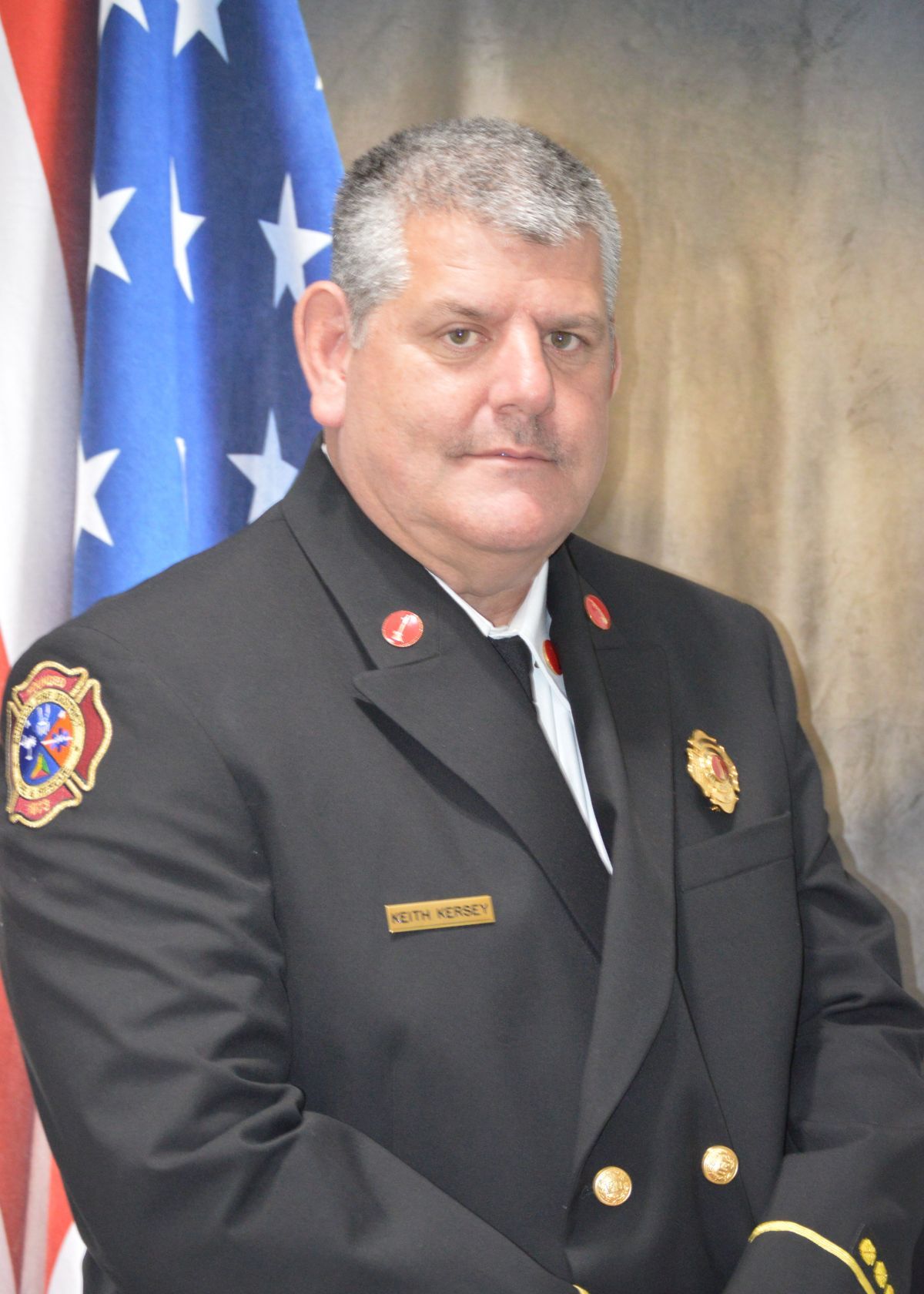By Shaun Chornobroff
SCDailyGazette.com
COLUMBIA — Starting next school year, all high school athletes who switch schools in South Carolina may be able to immediately play ball for their new team.
That potential game changer in the rules governing middle and high school sports is due to a single sentence in the state’s 2023 voucher law that hasn’t gotten much attention — that is, until senators opened this session debating a bill designed to reinstate what the state Supreme Court struck: K-12 scholarships for private tuition.
At a subcommittee hearing on the bill, Senate Minority Leader Brad Hutto questioned how a carve-out rule for student athletes receiving the state aid could be abused. That exception isn’t new to the bill, he was informed. It’s already state law.
And it is. However, it’s so new and went so unnoticed, the situation hasn’t come up. At least, not that Jerome Singleton, commissioner of the South Carolina High School League, knows about.
‘No other option’
The part of the 2023 state law in question — which was unaffected by the high court’s ruling — says any scholarship recipient transferring from one public school to another public school is exempt from High School League rules that require most student athletes to sit out for a calendar year after transferring.
While the voucher law refers specifically to students who use state aid to transfer to a different public school in another district — a still-allowed use of the scholarship — it will likely force the league to alter its transfer rules for all athletes, Singleton told the S.C. Daily Gazette.
“If we were going to be consistent, then we’d have no other option,” said the leader of the independent, dues-paying organization that sets and oversees the competition rules for participating middle and high schools, public and private.
Between 3,500 and 4,000 student athletes in league schools transfer every year, Singleton said.
The High School League’s Legislative Assembly — made up of delegates from schools statewide — could change its bylaws in March to make the rules the same for everyone. If it doesn’t, that would mean there are essentially two sets of rules for students who transfer, which Singleton says will pose problems.
“What about those that don’t transfer under this?” he asked.
The bill approved by senators Thursday would add a limitation to the transfers. Students using state scholarships would be exempted from the one-year wait one time only — allowing them to immediately play for their new school but not hop around to other schools and keep suiting up.
Under the amendment offered by Senate Education Chairman Greg Hembree, any moves after the one, penalty-free transfer could be sanctioned by the league.
Senate Majority Leader Shane Massey tried unsuccessfully Wednesday to simply remove the exception for students in the voucher program.
“This would treat scholarship students differently from other students,” and that’s not right, said the Edgefield Republican.
Sen. Russell Ott, D-St. Matthews, agreed, saying it further complicates rules that are already notoriously disputed.
“We are again creating a subset of students and athletes that can access this and go and play immediately,” said the freshman senator.
‘A recruiting tool’
While noting he was conflicted about making students in the scholarship program sit out, Massey said he worried recruiters will abuse the exemption to build a winning team, swaying athletes to transfer just for sports — and doing it with the state’s help.
Under the bill as approved Thursday, the scholarship amount would equal 90% of the average the state sends to districts per pupil. For the coming school year, that means about $7,700 each for up to 10,000 students. Next year, the cap is 15,000 students.
Allowable expenses include tuition, tutoring, textbooks, and — for public school transfers — the fee school districts can charge to make up for unpaid local property taxes.
“If unscrupulous coaches or people identify a loophole that could allow them to recruit people in, they get a scholarship and they just spend $500 bucks on tutoring,” Massey said. “This could be a recruiting tool.”
Sen. Chip Campsen was the most vocal supporter of the immediate eligibility provision. He called the bill a “white knight” for a child in a failing school. The inability to immediately play sports at a new school could prevent students who could benefit from a scholarship from applying, particularly if they’re hoping to play sports in college, he said.
“I think this would be an impediment for a lot of students. It would be for me,” said the Isle of Palms Republican, noting he played lots of sports in high school and college.
Campsen said he doesn’t doubt the rule will be exploited, but lawmakers shouldn’t assume it will be widespread.
“We’re dangling this before these children in schools that don’t fit them,” he said. “We can’t presume that their motivation to go to the better school is, ‘You’re a great quarterback and we want you on our football team.’”
Where the two Republicans agreed is that they don’t want to create a culture where athletes use the scholarship to exclusively change schools for athletics. They don’t want to do to high school athletics what happened in college sports after the NCAA changed once-strict transfer restrictions and allowed student-athletes to profit from their success by marketing their name, image and likeness.
“They just about ruined college football,” Campsen said.
Hembree, the bill’s main sponsor, offered his one-time exception rule as a middle ground.
“If they try to game the system back and forth, back and forth, that’s what this is trying to prevent,” said the Little River Republican, noting the High School League already allows exceptions to its own rule.
More than a dozen qualifying exceptions include a student moving to a home in a new school zone or being placed in foster care.
“Right now, it’s a patchwork quilt,” Hembree said.
“It’s not a good-looking quilt,” said Sen. Ronnie Sabb of Greeleyville, who was among all Democrats in the chamber ultimately voting against the bill.
Other potential changes
Other legislative proposals would force the High School League, whichfrequently attracts legislators’ ire, to change its transfer rule regardless of the voucher law.
They include a bill sponsored by Hembree that would create two, five-day windows in January and August where student-athletes can move schools without being penalized. A student transferring any other time would be ineligible to participate in school sports for 90 days.
House Education Chairwoman Shannon Erickson told the S.C. Daily Gazette her committee will likely tackle various issues relating to high school sports, including the transfer penalty.
“We’re trying to foster enrollment where children need to learn best,” said the Beaufort Republican. “It seems counterintuitive that we aren’t going to help them with their sports at the same time.”
Transfer exceptions
The following are allowed exceptions to the South Carolina High School League’s rule that student athletes must sit out a year after transferring:
- Change of residence into area of a new school.
- Student established residence with a person other than a parent prior to enrollment in the seventh grade and this residence is not broken. The student is allowed a one-time move with a biological parent and have immediate eligibility
- A student transfers to a school in the same district where they are currently eligible, or to a school in the district where their family lives at the beginning of ninth grade
- Student transfers from a non-league school to a member school.
- A student who enters a magnet school or International Baccalaureate program in their district will have a one-time move to the school and back. Students entering the magnet program must do so in ninth grade.
- A student’s parents separate.
- A student is placed in an orphanage or foster home.
- Student lives somewhere else because parents reside outside the United States.
- If both parents die, the student becomes eligible after legal guardianship papers are filed in court.
- A student is relocated within the district for a disability.
- The option of attending a vocational school exists and the transfer is made at the end of the eighth grade.
- Principals and superintendent approve an intra-district transfer. Student can’t have participated in sports during the calendar year.
- A transfer under the McKinney-Vento Act, a law which ensures homeless children have access to proper education.
Source: S.C. High School League 2024-25 bylaws
Shaun Chornobroff covers the state legislature for the S.C. Daily Gazette. S.C. Daily Gazette is part of States Newsroom, the nation’s largest state-focused nonprofit news organization.


